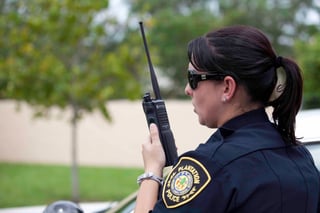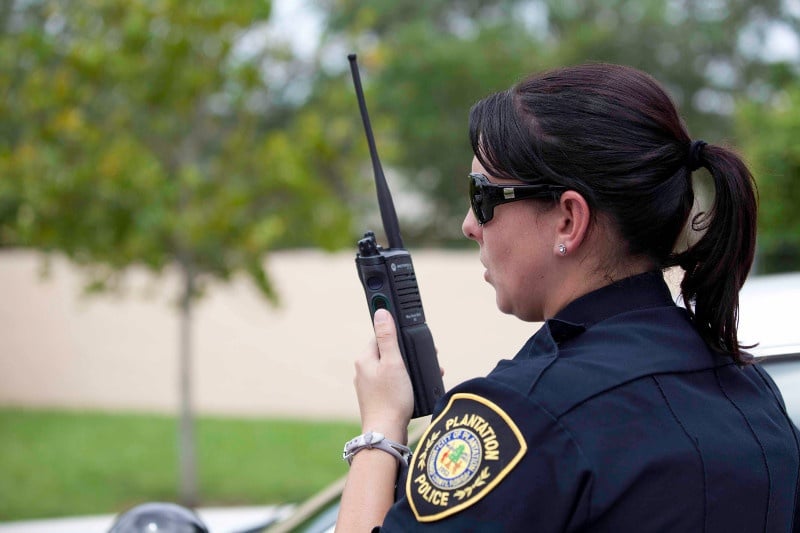Everyone in law enforcement is familiar with the tragic consequences of breakdowns in police radio communications: Personnel from different responding agencies can’t talk to each other, and the lack of coordination creates chaos and costs lives.
responding agencies can’t talk to each other, and the lack of coordination creates chaos and costs lives.
Lack of interoperability is one key reason that legacy analog two-way radio systems are being phased out, particularly within public safety, and replaced by digital systems. It’s a gradual change, but it is happening as more agencies recognize the importance of planning for the future.
With that in mind, let’s take a closer look at why it’s time to upgrade your police radio fleet from analog to digital.
Interoperability
Digital two-way radios offer the opportunity for seamless communication across agencies, jurisdictions, response levels, from dispatch center to personnel in the field, and even among different categories of users, such as school and hospital personnel.
Better Audio Quality
With technology aimed at enabling voice communications no matter what’s happening in the background, digital two-way radios have audio clarity that is unmatched.
More Conversations Per Channel
More than one two-way conversation can happen on each digital radio channel, maximizing spectrum efficiency.
Data Capabilities
For situations in which a conversation isn’t the best way to communicate, digital radios offer the ability for text messaging and text-based radio applications.
Expanded Features and Functionality
In addition to texting, the modern police radio offerings for digital include Wi Fi, Bluetooth, GPS, Lone Worker or Man Down applications, and more.
Longer Battery Life
Digital radio technology is more energy efficient, meaning batteries last up to 50 percent longer than batteries in analog radios.
A Gradual Shift is Possible
For departments not yet ready to shift their radios from analog to digital all at once, many of the top-of-the-line devices offer access to both to make for a smoother gradual transition.



